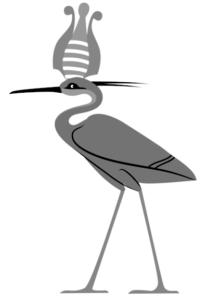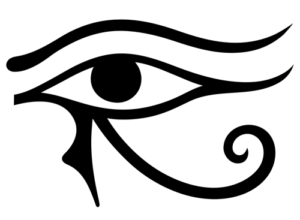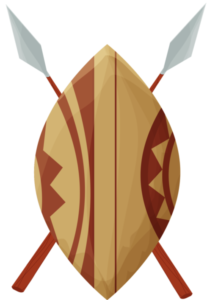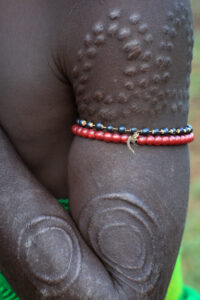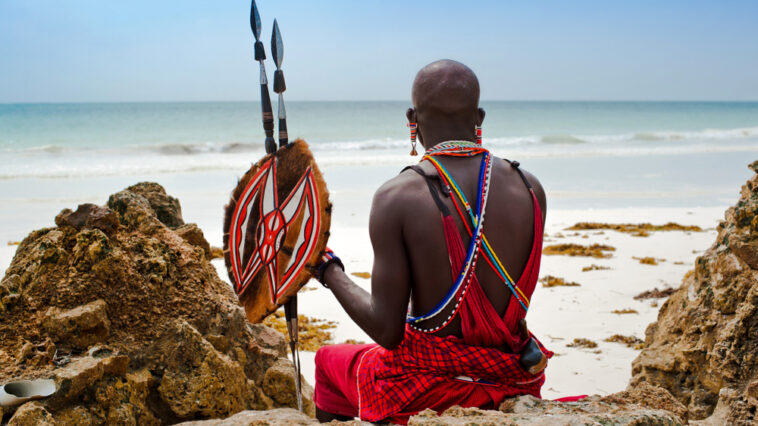
Feeling safe and secure is vital to our health and well-being. It affects our social habits and the connections we make in relationships and at work.1
Symbols of protection have played a significant role in the lives of many throughout history. For example, West Africans have used the Adinkra symbol “Eban” in connection with security and safety since the 1800s.23
Today, people across the world recognize symbols like the red cross, red crescent, and red crystal as a representation of protection, communicating relief without using words.4
Below, we list the prominent African symbols of protection, complete with meanings, as well as ways to use these symbols in everyday life.
- Bennu
A bird used in ancient Egypt as a protective symbol; signifies creation and renewal
- Eban
Adinkra symbol inspired by a fence, which signifies security and protection - Dwennimmen
Meaning “ram’s horn”; Akan symbol representing humility, strength, and protection through inner strength
- Ankh
A shape similar to a cross with a circle on top; originated in ancient Egypt as a protective amulet against evil and harm, and symbolizes life and immortality
- Crocodile
Regarded as a sacred animal that wards off evil in parts of Africa; represents protection5
- Eye of Horus
Ancient Egyptian symbol representing protection, health, and power, and often used as a protective amulet; also known as the “Wedjat”
- Maasai shield
Used by the Maasai people of East Africa not only in warfare and hunting but also as a symbol of protection
- Scarification
The practice of making intentional scars on the skin in various African cultures, not only as a rite of passage or beauty mark but also as a form of spiritual protection against evil forces
- Gye nyame
Meaning “except for God”; symbolizes the omnipotence of God, denoting that one is protected from harm with God’s help
Ways People Use These Symbols
People use African symbols of protection in all sorts of creative ways, from architecture to business branding to music and literature.
They serve as powerful reminders of the strength, resilience, and spiritual breadth of African cultures.
Here, we share some of the ways people use these symbols in everyday life:
- Fashion and jewelry: African symbols of protection appear in textile patterns, embroidery, beadwork, and jewelry. Wearers use these symbols to express their identity and feel a sense of protection.
- Tattoos: Many people, especially those with African heritage, opt to get tattoos of African symbols of protection. These serve as a permanent form of protection and cultural identity.
- Home decor: Some people choose to display these symbols in wall hangings, sculptures, pottery, or home decor items. These items serve both decorative and symbolic functions, inviting protective energies into living spaces.
- Arts and crafts: Many contemporary artists incorporate these symbols into paintings, sculptures, and other works of art, highlighting their cultural significance and protective meanings. They’re also great to use when crafting special objects and gifts.
